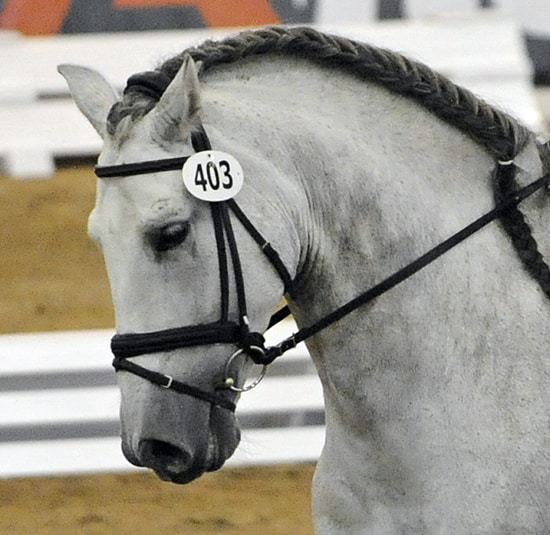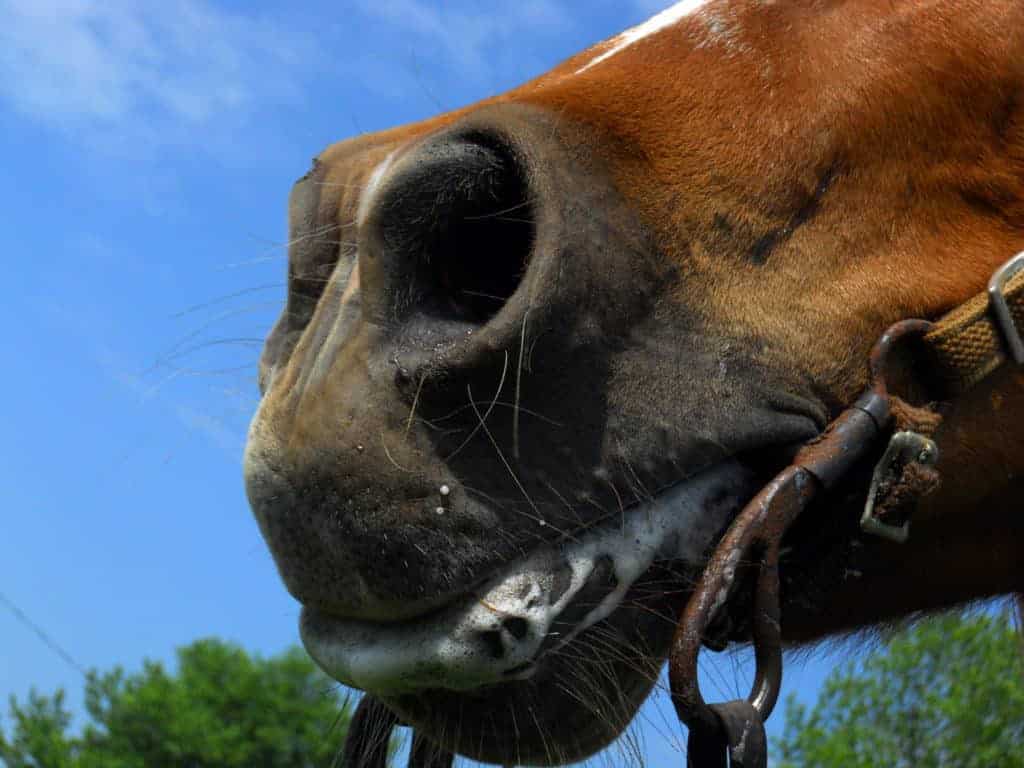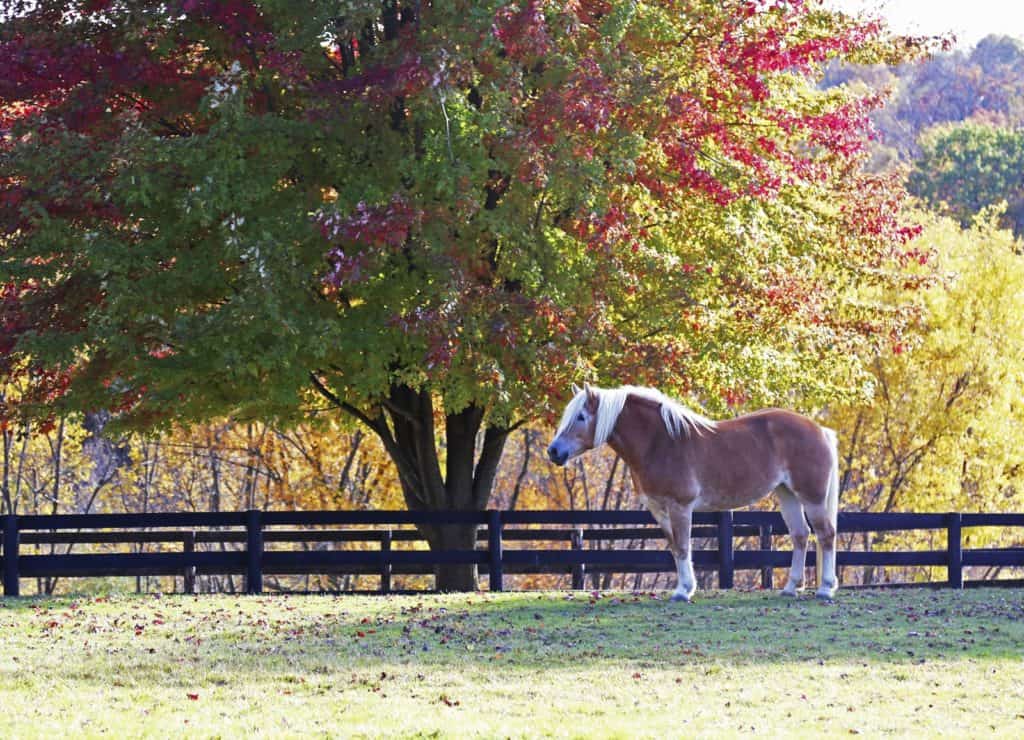
Equine Head Flexion and Airway Inflammation (AAEP 2011)
Vets examined upper airway obstruction in horses being ridden and when displaying “normal” head carriage.

Vets examined upper airway obstruction in horses being ridden and when displaying “normal” head carriage.

Inflammatory airway disease is a top cause of decreased performance and affects up to 50% of equine athletes.

An effective electrolyte supplement replaces ion and water loss during exercise, one researcher said.

More than a dozen racetracks have committed to publishing their statistics from the Equine Injury Database.

A rundown of respiratory diseases commonly observed in performance horses.

In the current study most horses successfully returned to their prior athletic function after colic surgery.

Kissing spines are more likely to cause clinical problems in certain breeds, disciplines, and age groups.

A thorough physical examination and tailored therapeutic approach can help relieve equine neck and back pain.
Attendees discussed the horse’s overall work program, assessment, conditioning strategies, and more.

Horses do not have the same drive to drink while competing as humans, one researcher explained.

Farriers can help devise a hoof care plan to helps a performance horse return to work as soon as possible.

You can greatly improve the health and productivity of your pastures by creating and using a winter paddock or “sacrifice area” to confine your horses.
The first day of the Thoroughbred Genetics, Pedigree, and Performance Conference provided informative sessions

If you’re familiar with confinement areas, you probably think of them as small areas that don’t give horses much opportunity to move about. However, an emerging trend, called track paddocks, may change the way you view confinement areas.
The Kentucky Horse Racing Commission (KHRC) voted there was probable cause to believe that both jockey John Velazquez and chief state steward John Veitch were in violation of regulations regarding Life At Ten’s participation in the 2010 Breeders’ Cup
In reviewing the circumstances surrounding Life At Ten’s subpar performance in the 2010 Breeders’ Cup Ladies’ Classic Nov. 5 at Churchill Downs in Louisville, Ky., the Kentucky Horse Racing Commission (KRHC) has concluded that the filly should have
Stay on top of the most recent Horse Health news with
"*" indicates required fields